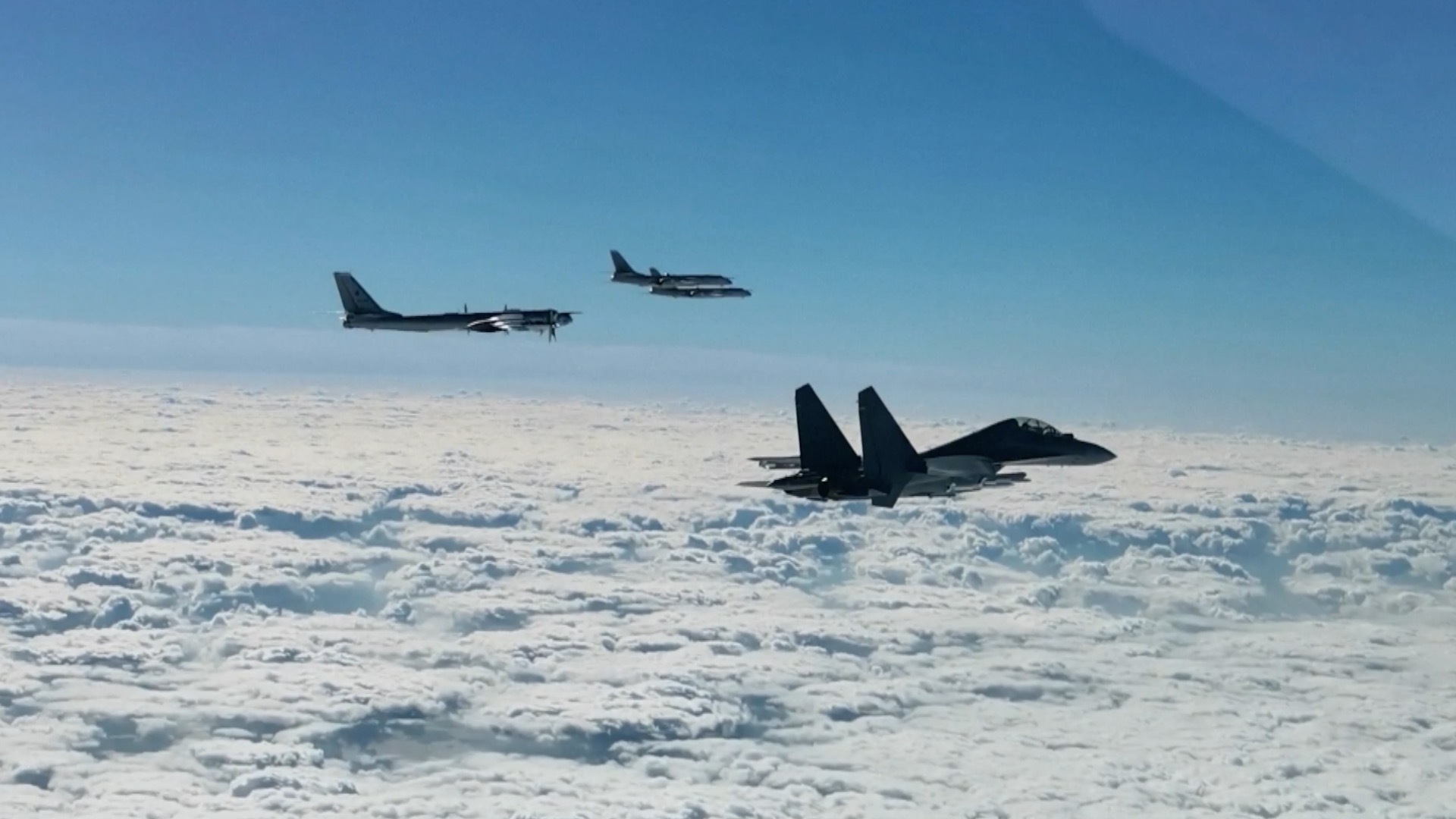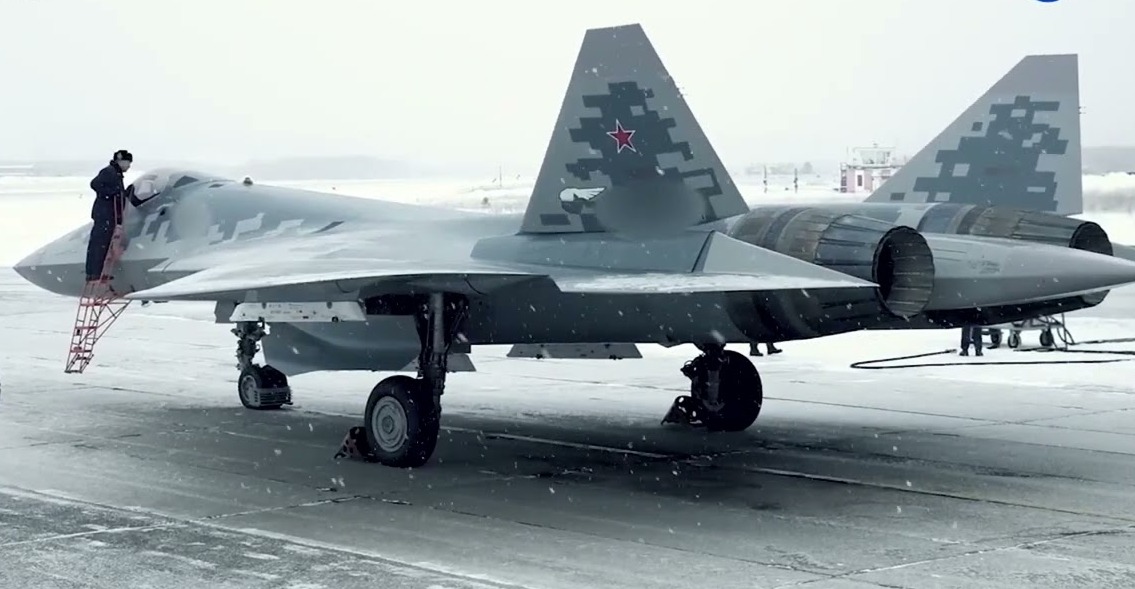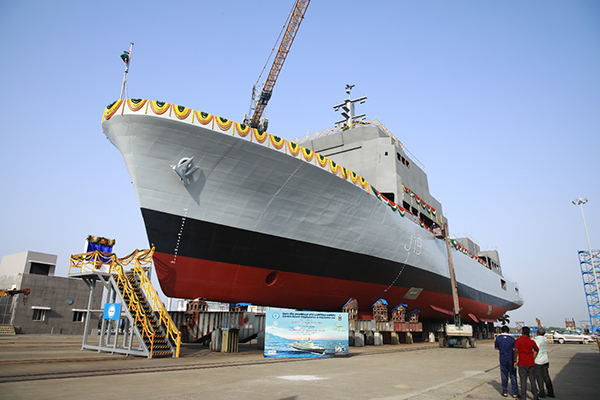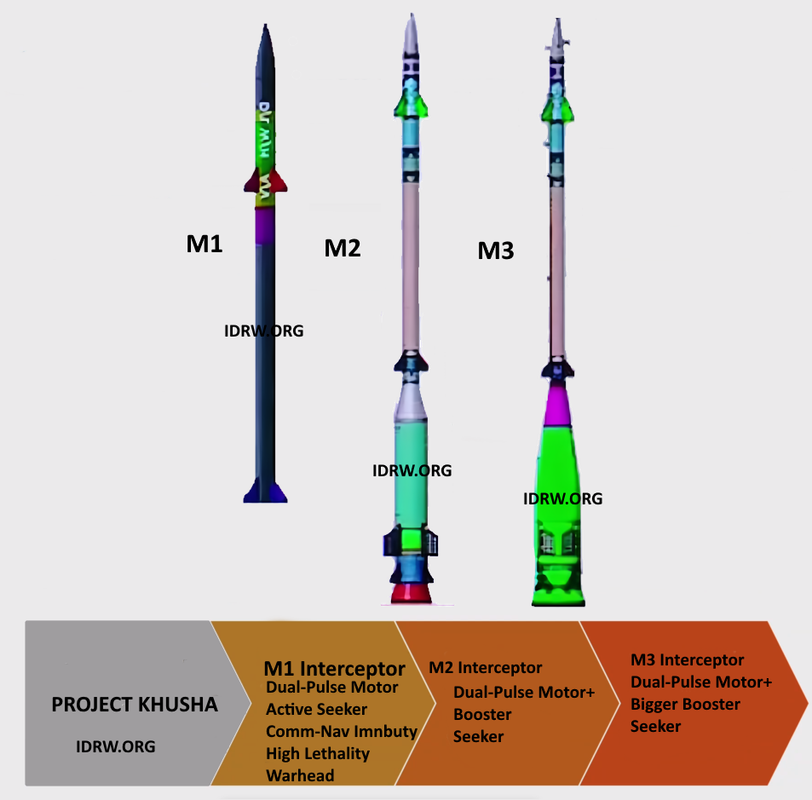AFI
SOURCE: AFI


On November 29th and 30th, 2024, the Chinese and Russian air forces conducted joint patrols over the Sea of Japan and nearby regions. However, the operations did not go as planned, and the Japanese Self-Defense Forces (JSDF) exposed some startling inefficiencies in China’s military aviation capabilities. These events have underscored serious shortcomings in China’s military technology and strategy.
On the first day, a Chinese H-6N strategic bomber flew to the Sea of Japan to rendezvous with Russian forces. Typically, escort fighter jets accompany such missions for protection. However, China’s J-16 fighters escorting the bomber turned back after crossing the Tsushima Strait—about 900 kilometers from the Chinese mainland—leaving the bomber to continue alone.
Continue readingSOURCE: AFI


In a significant stride towards enhancing the operational capabilities of the Indian Army, Tata Advanced Systems Limited (TASL) has successfully delivered the first batch of 40 Tactical Access Switch (TAS) systems. This delivery is part of a larger contract to supply 100 systems, underlining TASL’s pivotal role in advancing India’s defence infrastructure.
The Tactical Access Switch is not just another piece of equipment; it’s a next-generation communication node designed to integrate and streamline voice, video, and data communications from the infantry level right up to Army Headquarters. This device is crucial for modern warfare, where real-time, reliable communication can mean the difference between success and failure on the battlefield.
Continue readingSOURCE: AFI


India has achieved another significant milestone in defense technology with the successful final experimental test of the Solid Fuel Ducted Ramjet (SFDR) propulsion-based missile system. Developed indigenously by the Defence Research and Development Organisation (DRDO), this cutting-edge technology is set to propel India’s capabilities in developing long-range air-to-air missiles.
The final test demonstrated the SFDR system’s flawless performance, achieving all mission objectives with precision. The test validated the missile’s propulsion system, guidance mechanism, and aerodynamic design under realistic conditions. The results confirm that the technology is now ready for integration into advanced missile systems, marking a major step toward self-reliance in high-performance missile technology.
Continue readingSOURCE: AFI


India, as a rising global power, faces complex geopolitical challenges that demand robust military capabilities. Major General S B Asthana, addressing the potential acquisition of Russia’s Su-57 stealth fighter, emphasized the necessity of state-of-the-art combat equipment for the Indian Armed Forces.
“For any country, an ideal composition of military equipment should include 30% state-of-the-art systems, 60% current-generation equipment, and only 10% obsolete inventory,” Maj Gen stated. This balanced approach ensures operational readiness while fostering technological upgrades.
Continue readingSOURCE: AFI


In a significant statement aimed at modernizing its aerial capabilities, Air Chief Marshal Hasan Mahmud Khan of the Bangladesh Air Force (BAF) has expressed the force’s commitment to upgrading its fleet. Addressing the media, he stated, “We’re devotedly trying to acquire multirole combat aircrafts and attack helicopters,” signaling a strategic shift towards enhancing both offensive and defensive air operations.
One of the key highlights of this modernization drive is the potential acquisition of the Chinese Chengdu J-10C multirole fighter aircraft. According to sources, the BAF is considering purchasing 16 J-10C jets in the first phase. This move is seen as a strategic effort to replace the aging F-7MB squadron, which has been a mainstay of the BAF’s fleet but is now nearing the end of its operational life.
Continue readingSOURCE: AFI


In a significant stride towards enhancing its maritime capabilities, the Indian Navy is poised to commission “INS Nirdeshak”, the second vessel of the Sandhayak-class survey ships, on December 18, 2024, in Visakhapatnam. This event marks another milestone in India’s push towards self-reliance in naval technology and operations.
The commissioning of INS Nirdeshak will take place at the Naval Dockyard in Visakhapatnam, under the aegis of the Eastern Naval Command. Union Minister of State for Defence, Sanjay Seth, is scheduled to preside over the ceremony, symbolizing the government’s commitment to bolstering naval strength. The event will also be attended by senior naval officers and representatives from Garden Reach Shipbuilders and Engineers (GRSE), the shipyard responsible for its construction.
Continue readingSOURCE: AFI

In a humanitarian gesture, the Russian government has begun the process of granting permanent residency (PR) to the family of Tejpal Singh, an Indian national who lost his life fighting for the Russian army in the conflict in Zaporizhzhia, Ukraine, on March 12, 2024. This move acknowledges the sacrifice made by Singh, offering support and a new beginning for his grieving family.
Parminder Kaur, the widow of Tejpal Singh, confirmed that she has already been granted permanent residency. She further stated that the rest of her family, including her children and Tejpal’s parents, will receive their PR status upon arrival in Russia. This development was shared with the media following her recent three-month stay in Moscow, aimed at navigating the bureaucratic processes associated with her husband’s service and death.
Continue readingSOURCE: AFI


India’s Defence Research and Development Organisation (DRDO) has been spearheading an ambitious project known as “Project Kusha,” aimed at developing an indigenous long-range air defence system. This initiative could revolutionize not only India’s national security architecture but also position India as a key player in the global defence export market.
Project Kusha, also referred to as Extended Range Air Defence System (ERADS), is designed to create a multi-layered air defence network capable of neutralizing a wide range of aerial threats, including stealth fighters, aircraft, drones, cruise missiles, and even precision-guided munitions. This system is envisioned to operate effectively over distances up to 350 km, with the potential to intercept even high-speed, low-radar cross-section targets.
Continue readingSOURCE: AFI


India is on the brink of a monumental milestone in its naval capabilities with the nearing completion of INS Varsha, a state-of-the-art underground base designed to house nuclear submarines. Strategically located near the coastal village of Rambilli in Andhra Pradesh, approximately 70 km from the Visakhapatnam naval base, this facility is expected to become operational within the next two years.
The need for a stealthy and secure base for nuclear-powered submarines has long been a strategic priority for India. The second phase of Project Varsha, initially delayed due to forest-land acquisition issues since 2010, received a significant boost in 2018 when the Modi government addressed these challenges and expedited its construction.
Continue readingSOURCE: AFI


In a recent diplomatic engagement, Indian Defence Minister Rajnath Singh has urged Russia to accelerate the delivery of the last two units of the S-400 Triumf air defense missile systems. This move comes as Russia has already completed the supply of the first three regiments, but the delivery of the remaining units has been delayed due to the ongoing Ukraine conflict.
The S-400 Triumf, known by NATO as the SA-21 Growler, stands as one of the most formidable air defense systems globally. This Russian-developed, long-range, road-mobile surface-to-air missile system became operational in 2007 and is often compared to the US Patriot system. Its capabilities extend beyond just engaging aerial threats; it’s also equipped for surface-to-surface operations, offering a versatile strategic asset to any military force.
Continue reading